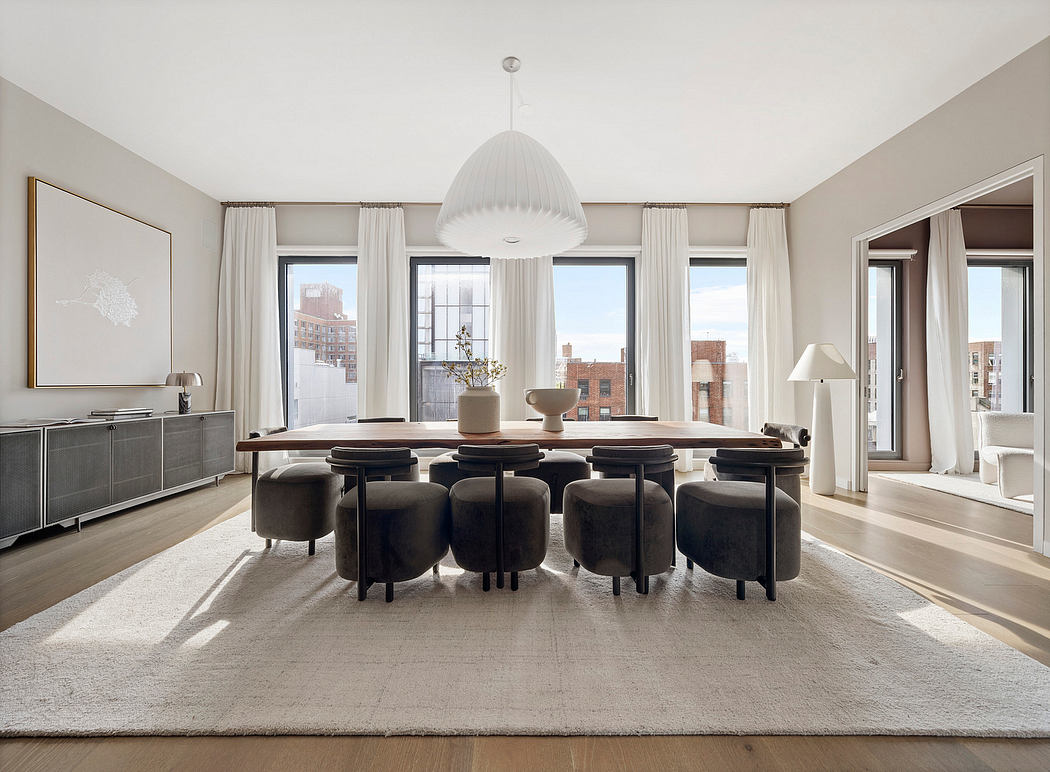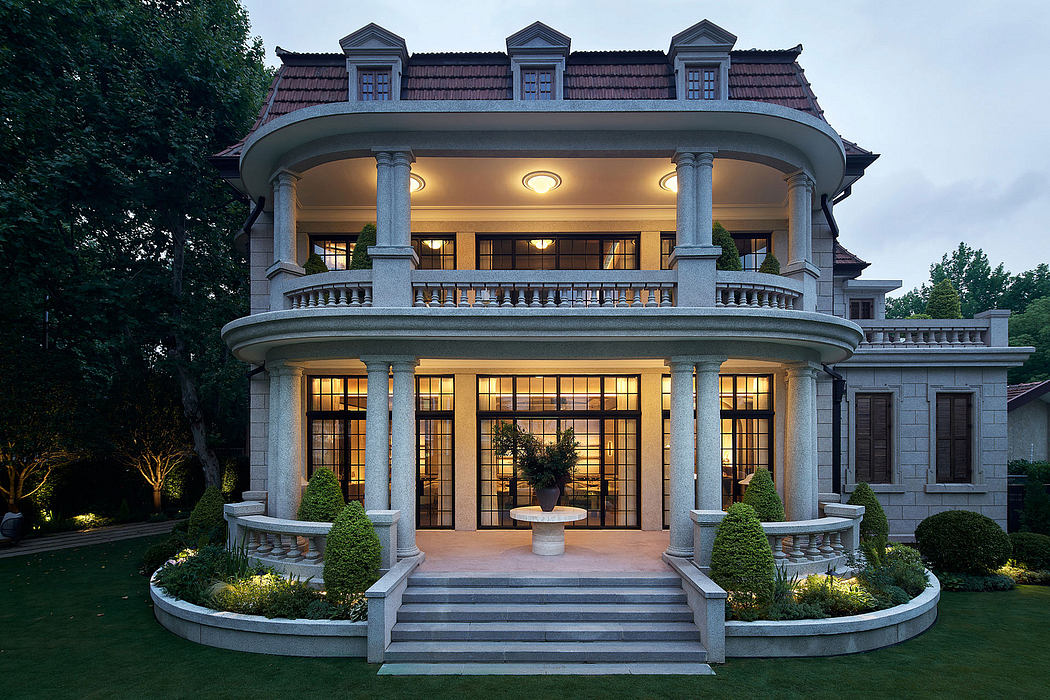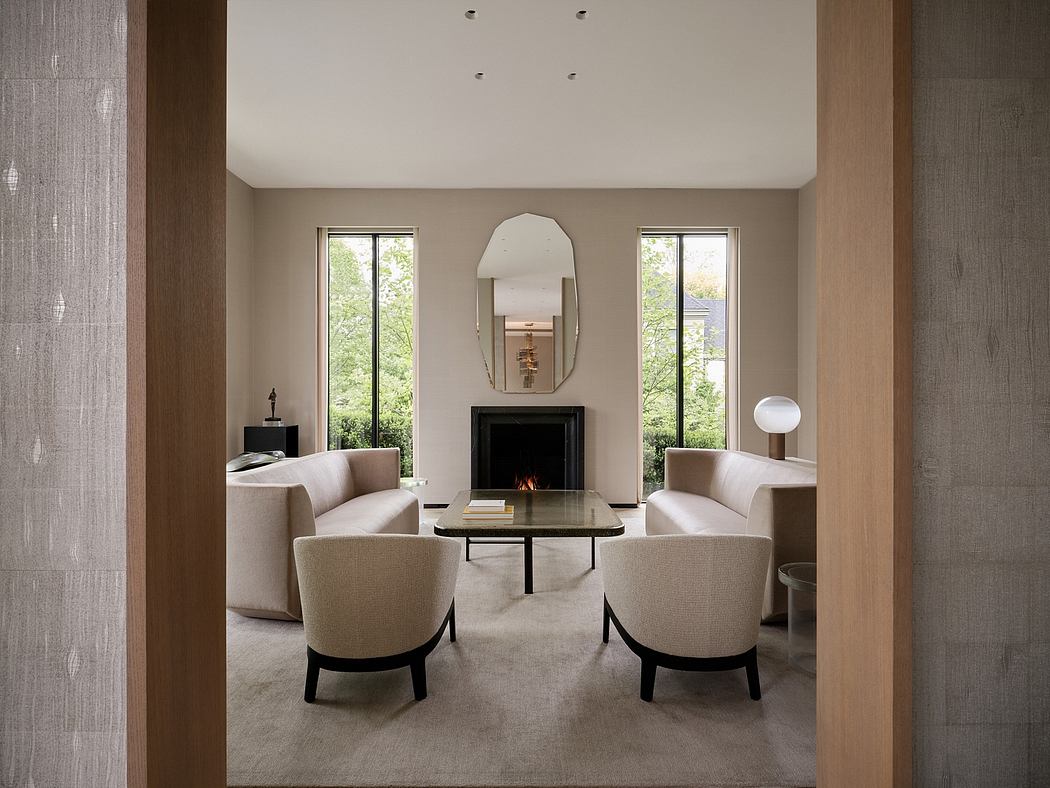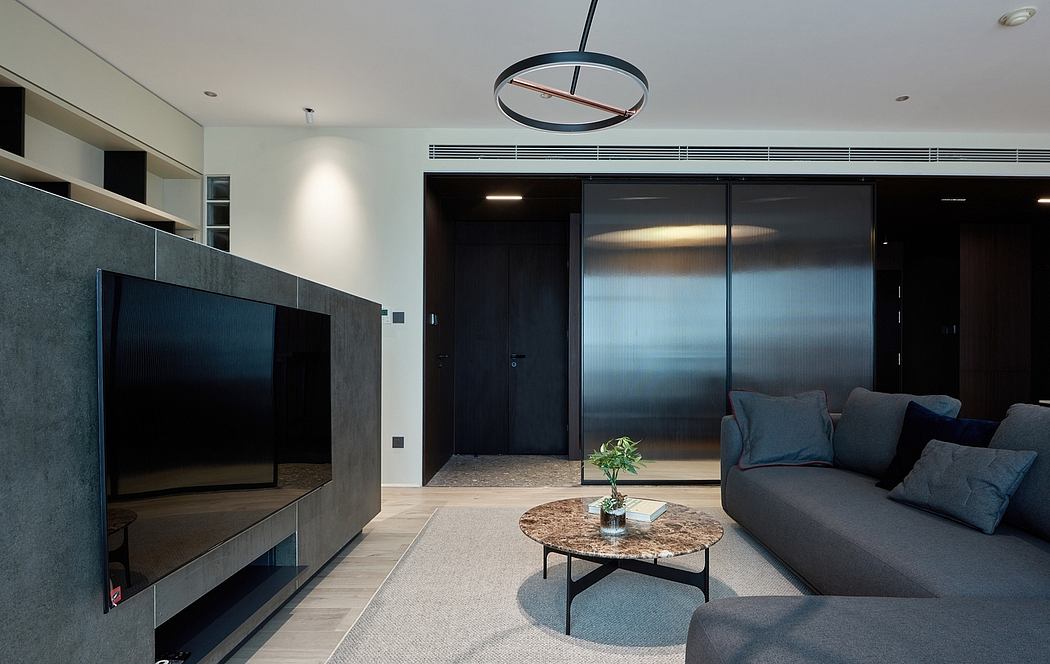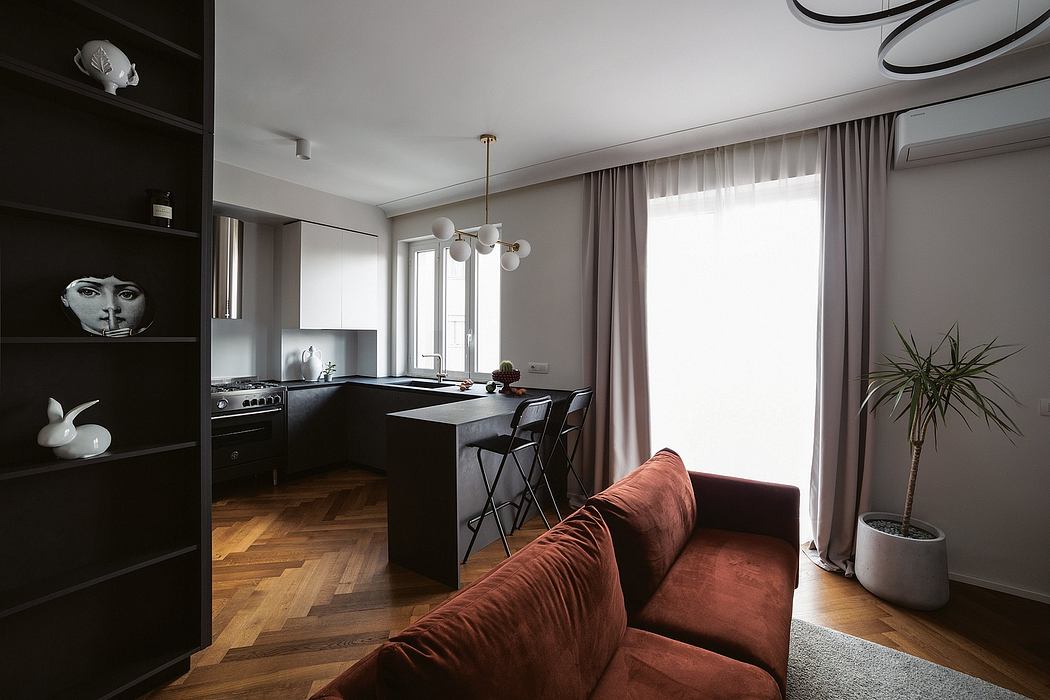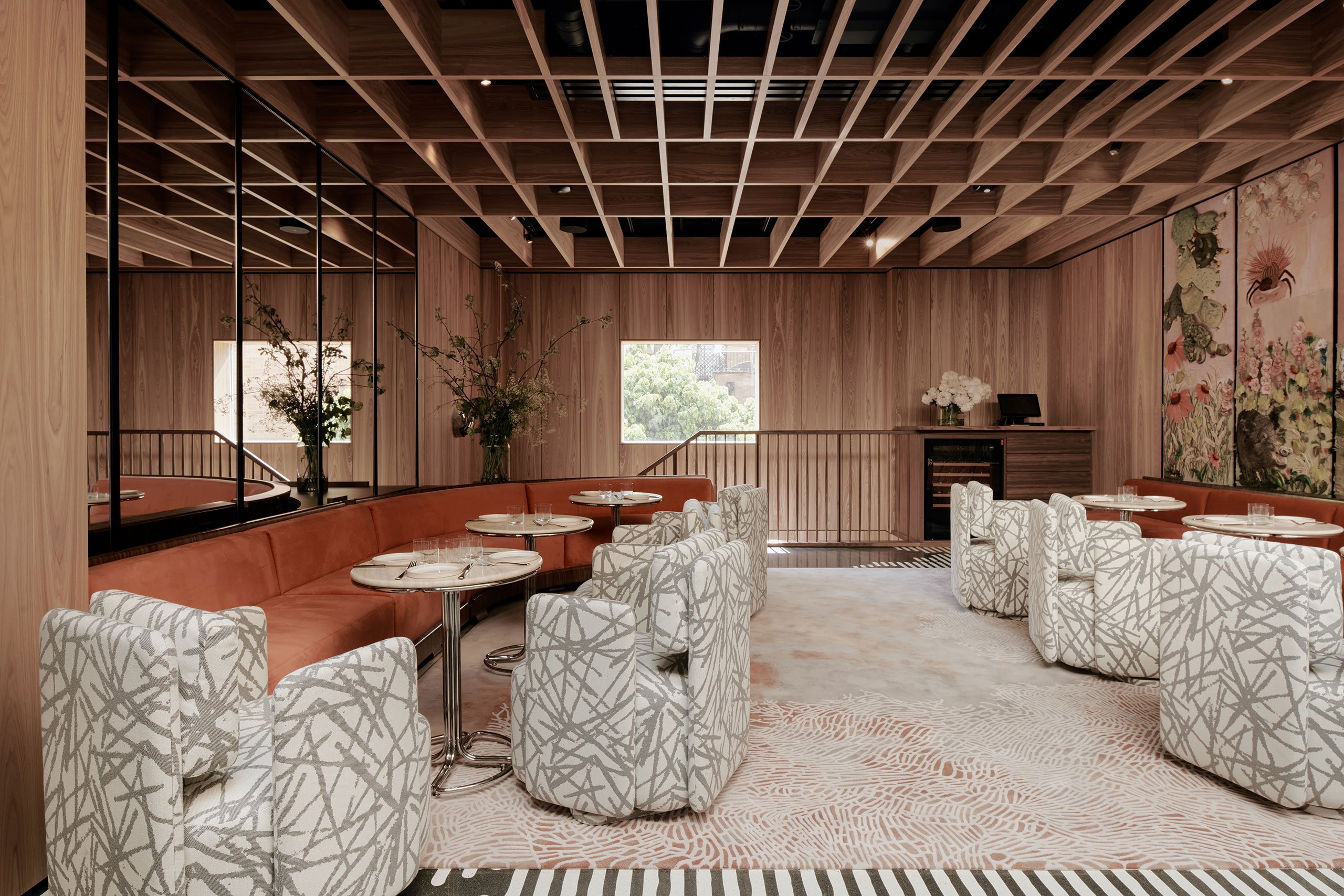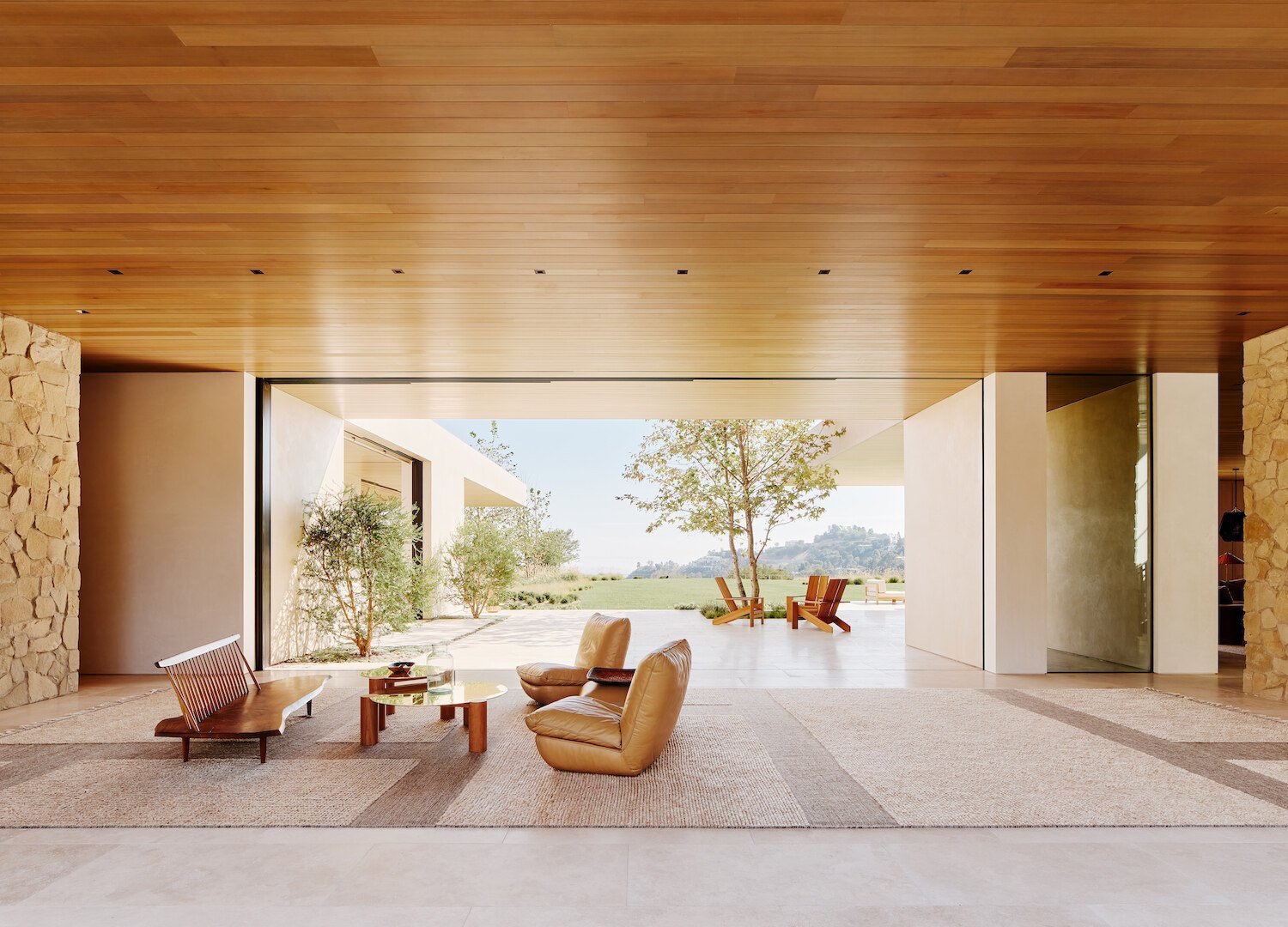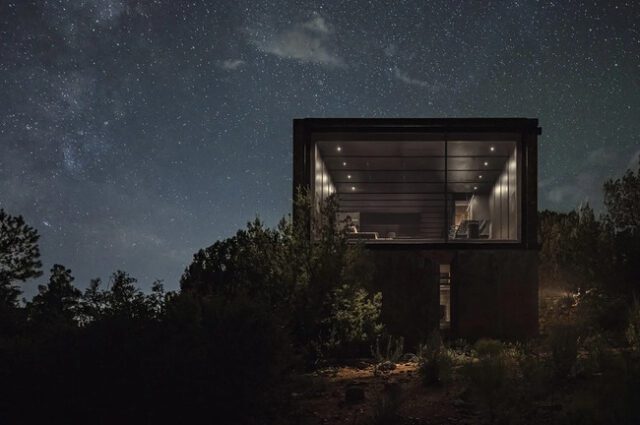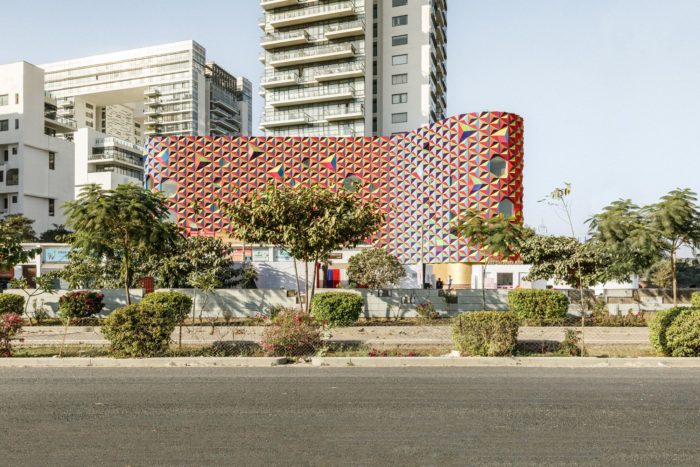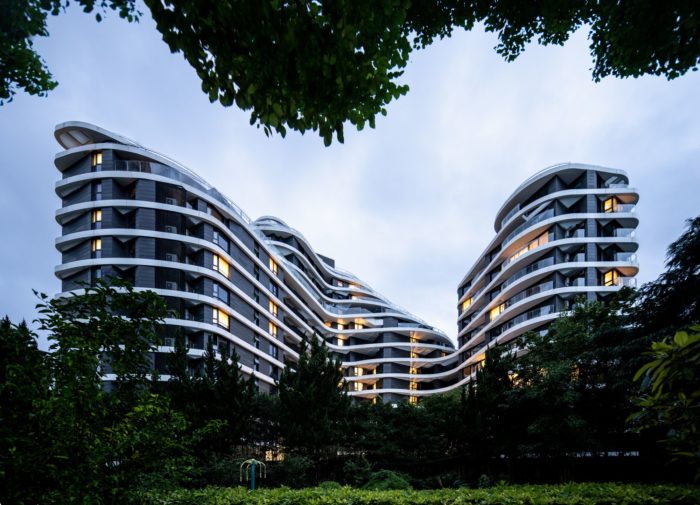Thoreau’s Famous Walden Cabin Reinvented as a Floating Cottage
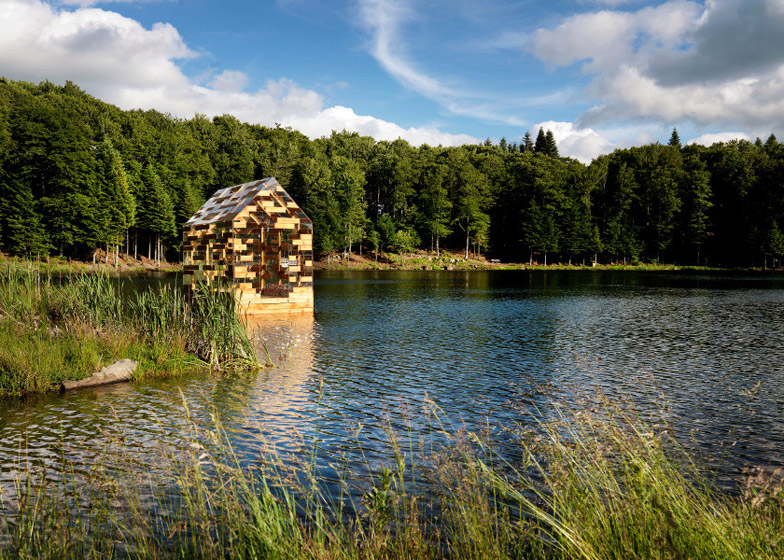
The idea of having a little cabin in the woods to escape to is a fantasy for many of us, especially urban denizens. The desire is not new. Writer, poet and transcendentalist Henry David Thoreau built a small cabin in the woods in 1845 at now-famous Walden Pond. Nine years later he authored Walden. He was devoted to living simply and self-sufficiently. Sounds pretty ?now,? right" Thoreau?s archetypal, rustic cabin was the inspiration for ?Walden Raft,? described by its designers, Elise Morin and Florent Albinet, as ?a space for experimentation – a floating, luminous, audible, mobile vessel.?
The ?cabin without walls? is made of wood and transparent acrylic glass and perches on polyethylene floats. According to the artists, the design of this cabin stays clear of the Romantic notion of humans becoming one with their natural environment. Hence they used transparency and the concept of floating, buoyancy and mobility to create a sense of distance between the structure and the person experiencing it. Unlike the ?walled in? Walden cottage, this iteration is a so-called ?non space,? serving not as a shelter but as an invitation to experience a ?particular relationship between immediate and distant Nature.? It has a cable attached to the shore that allows people to move it around on its liquid territory. Sounds pretty heady, right"
The installation was last displayed on Lac de Gayme, an artificial lake in the Auvergne region of France. What it comes down to is...
| -------------------------------- |
| Summer house by Zrobym Architects combines references to Scandinavian and Belarusian architecture |
|
|
260 Bowery: Discover New York’s Latest Luxury Condo Gem
25-03-2024 07:20 - (
Architecture )
EHB: How Artistry and Architecture Elevate Culinary Experiences
25-03-2024 07:20 - (
Architecture )

